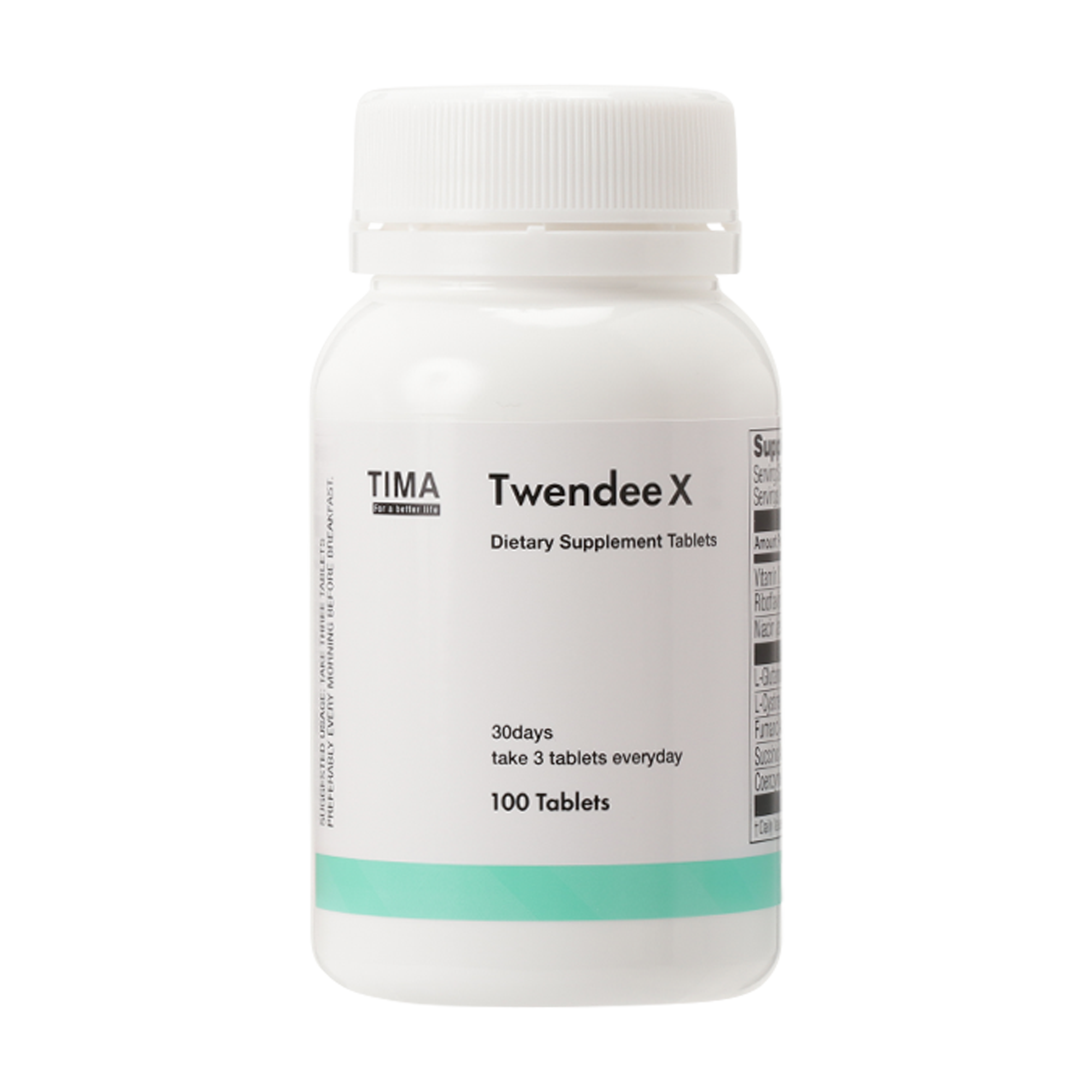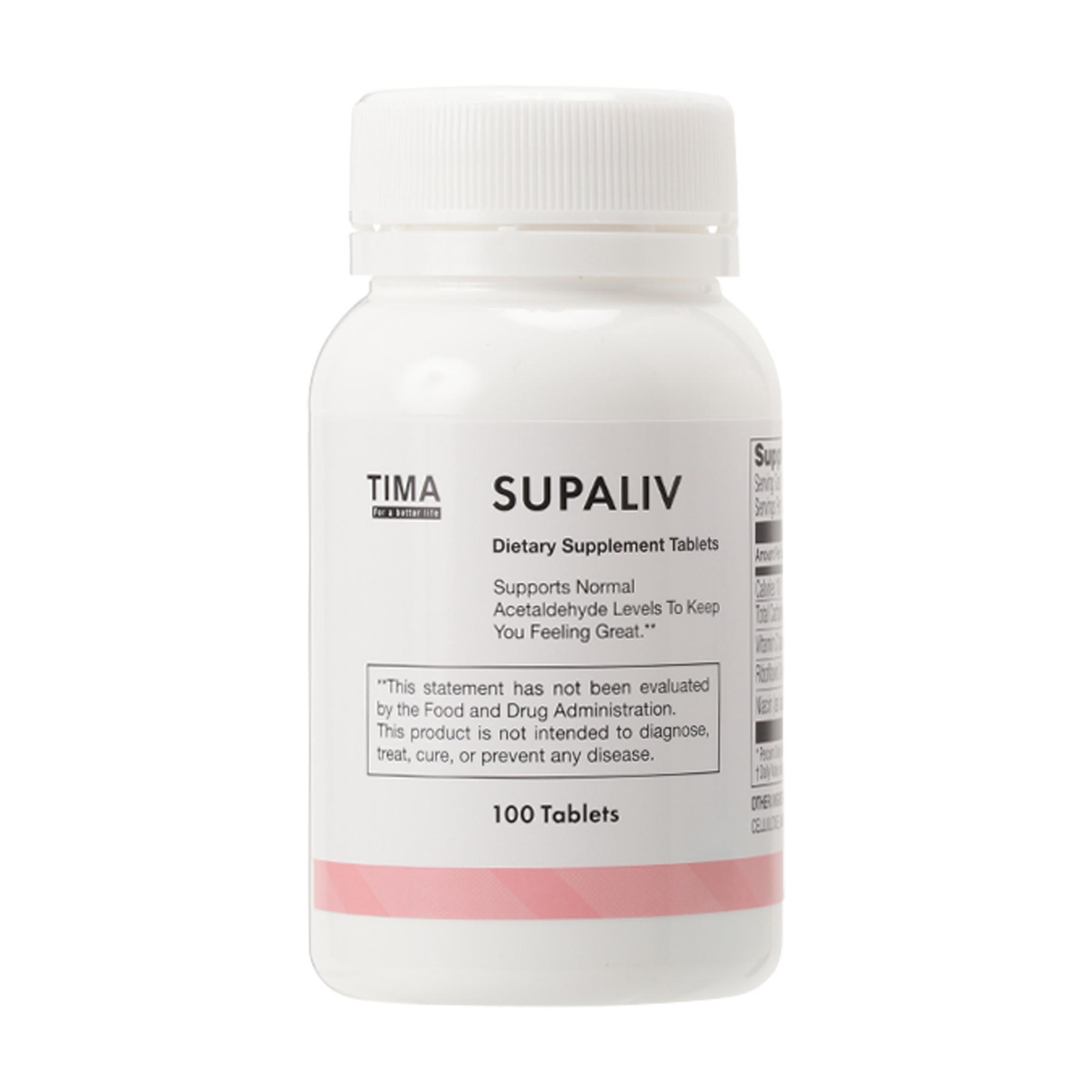Thesis on Oxidative Stress and "arteriosclerosis"
- Paper title
- Oxidative stress and atherosclerosis.
- Abstract summary
- Chronic and acute overproduction of reactive oxygen species under pathophysiologic conditions is integral in the development of cardiovascular diseases.
- Authors
- Uma Singh, Ishwarlal Jialal
- Journal
- Pathophysiology : the official journal of the International Society for Pathophysiology
- Semantic Scholar URL
- https://semanticscholar.org/paper/ab047b1fc671dd54958a0737ff14df745aa4411e
- Abstract
-
Cardiovascular disease (CVD) is the leading cause of morbidity and mortality in the Western world. Its incidence has been increasing lately in developing countries. Several lines of evidence support a role for oxidative stress in atherogenesis. Growing evidence indicates that chronic and acute overproduction of reactive oxygen species (ROS) under pathophysiologic conditions is integral in the development of cardiovascular diseases (CVD). ROS mediate various signaling pathways that underlie vascular inflammation in atherogenesis from the initiation of fatty streak development through lesion progression to ultimate plaque rupture. Various animal models of oxidative stress support the notion that ROS have a causal role in atherosclerosis and other cardiovascular diseases. Human investigations also support the oxidative stress hypothesis of atherosclerosis. Oxidative stress is the unifying mechanism for many CVD risk factors, which additionally supports its central role in CVD. A main source of ROS in vascular cells is the reduced nicotinamide adenine dinucleotide/nicotinamide adenine dinucleotide phosphate (NAD(P)H) oxidase system. This is a membrane-associated enzyme, composed of five subunits, catalyzing the one-electron reduction of oxygen, using NADH or NADPH as the electron donor. This system is an important target for genetic investigations. Identification of groups of patients with genetically prone or resistant of oxidative stress is therefore an obvious target of investigation. A better understanding of the complexity of cellular redox reactions, development of a new class of antioxidants targeted to specific subcellular sites, and the phenotype-genotype linkage analysis for oxidative stress will likely be avenues for future research with regards to the broader use of pharmacological therapies in the treatment and prevention of CVD.








